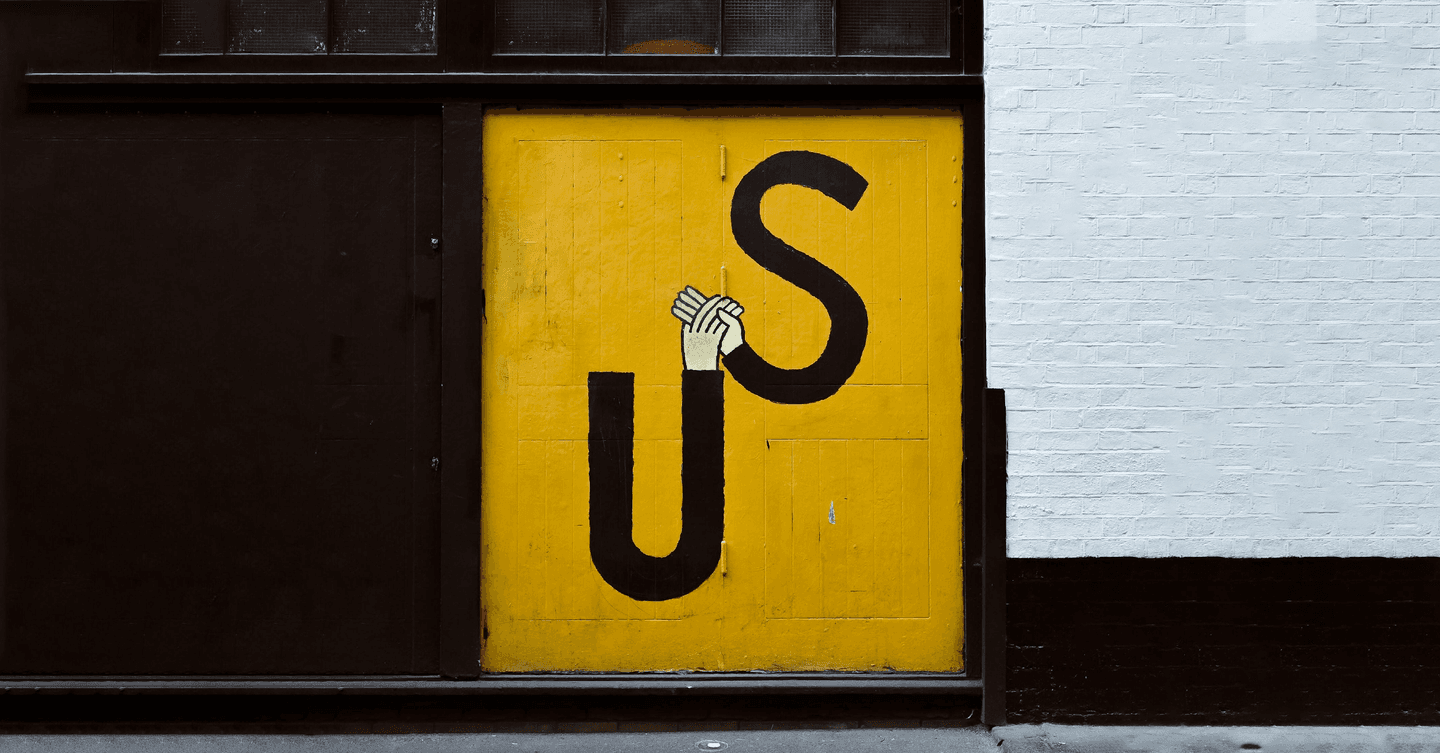A reflection on this spring It has been a brutal audit of our resilience capacity. As part of strengthening our resilience, we reached out to open-minded and courageous leaders from our networks and co-created ideas to tackle the challenges we all have faced.
The last few months have made the importance of knowing what’s relevant, having a clear vision, agile mindset, and trusting relationships clear. Without them, we won’t be able to move forward in a volatile and uncertain environment. Revising our strategies, improving our end-to-end transparency, and having constructive discussions around them has helped many survive and sometimes even thrive in these abnormal times. We needed the psychological safety we have been building in the past and fast iterations to find the best ways to go forward.
In other words, we have used our resilience to tackle our common, new future.
Tip #1: Connect the collective. Reach out and find ways to create new connections to gain new input into your thinking. As a leader, encourage and enable people around you to do so, too. One way we employed was to set up co-ideation sessions with leaders from different industries and countries. Having a diversity of thought available is important.
On how we see resilience A strong and resilient leader builds capabilities on many levels: personal, team, organisational, and societal. A strong and resilient leader listens with an open and curious mindset to truly understand what’s going around them and is able to adapt to the required changes. Such a leader is like a reed that dances in the wind - able to bend, but never broken; not unreachable by troubles and challenges, but able to recover and bounce forward. A resilient leader takes great care of their own personal resilience, practices, reflects, and repeats and exercises compassion towards others as well as themselves. This way the resilient leader is able to inspire with a clear vision and encourage the team to go towards it together.
On insights from the session The diverse set of leaders who joined the co-ideation sessions from all over Europe, different industries, and from various stages in their careers were clearly facing similar challenges, especially when it came to organisational culture. This is an important topic for leaders no matter their position. Getting people together to share their thinking was of great value - as one of the participants from retail described:
"I found it very interesting. Not only the topic itself but also the fact that people with similar approaches were connected together to exchange ideas."
When people described the challenges they faced, it was often around the fixed mindsets over what has worked before and organisational structures that were clashing with the new needs of collaboration and co-creation over silos. Finding different ways to bring a stronger focus to creating more value for clients and keeping the feedback loops short in a volatile environment was seen as a key opportunity area. The emergent strategy approach helps to make sense of events around us and use them to create new opportunities instead of staying with the old, obsolete targets. In almost every thread we shared in the session, the connection between an organisation’s culture, business development activities, and ways of working were truly interconnected. It takes a holistic approach to build resilience in an organisation.
The most humbling thing for us was how clear the importance of the human side in these discussions is. We talked a lot about personal resilience levels, its challenges and ways to strengthen it with mindfulness, joint activities in the given circumstances, or by building trust and openly talking about fears the situation brought out in people. The closer to the human side we got, the more the challenges and solutions started resembling each other became across domains, countries, and different organisational cultures.
Building business resilience offers many opportunities to innovate and borrow ideas from other domains.
Having highly meaningful discussions builds trust and deeper connections within our networks. It also gave us all new ideas to try out - as one participant from the health sector put it:
“I got some new thoughts about resilience that I will foster in my working environment. They include e.g. practicing resilient leadership now, when there is so much uncertainty in our environment. There's no better time for it!”
Sometimes it’s highlighting some eternal wisdom, at other times seeking novel ideas to try out. The most important thing is to take concrete steps together with those who walk with us.
Tip #2: Connect to what really happens around you. Find mindfulness practices that feel natural and are right for your organisation. It can be, for example, a silent minute before a meeting to get everyone’s focus on what’s important in the topic of the meeting.
On our approach on how to strengthen resilience Building on top of the already existing culture and fostering its strengths creates authentic cultural progress. Every challenge we face is an opportunity to test its limits and strengthen it. It’s an ongoing effort and when we accept the constant change and build our ways of working around continuous improvement, it’s easier for us to let go of what’s no longer relevant and keep our focus on what is. This is really a big thing to accomplish and shouldn’t be done in silos or solitude. Connecting with others, especially at critical times can deepen connections and teach everyone important lessons. Someday, it can save our lives.
Tip #3: Reflect. Have regular retrospectives on all parts and levels of the organisation to boost organisational agility. A solid retrospective practice is a good mixture of looking back, learning from it, and imagining an even brighter future.
 Janetta EkholmHead of Ways of Working
Janetta EkholmHead of Ways of Working Johannes StockChief Product Officer
Johannes StockChief Product Officer Anastasia TolmatschInnovation & Business Development Manager, Germany
Anastasia TolmatschInnovation & Business Development Manager, Germany


